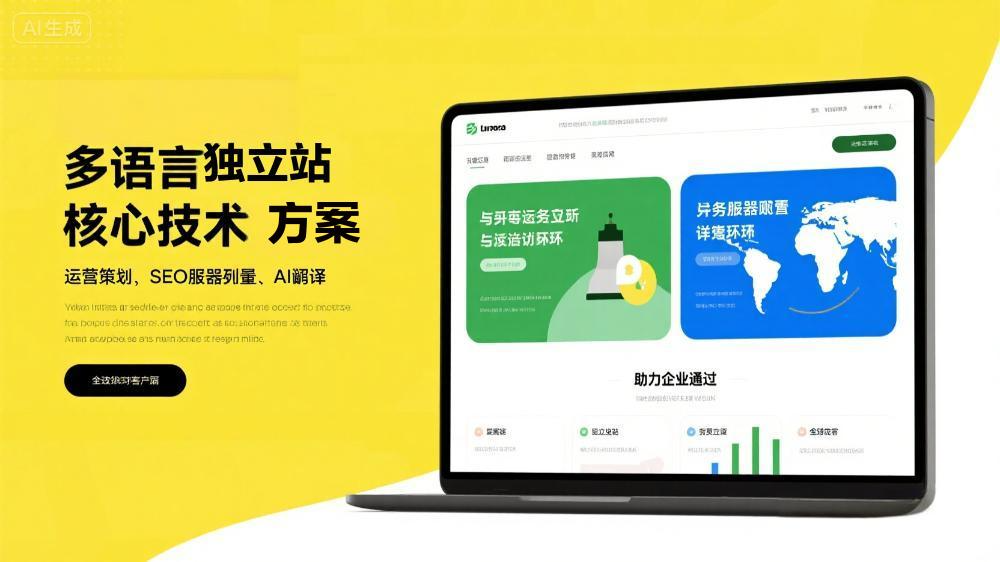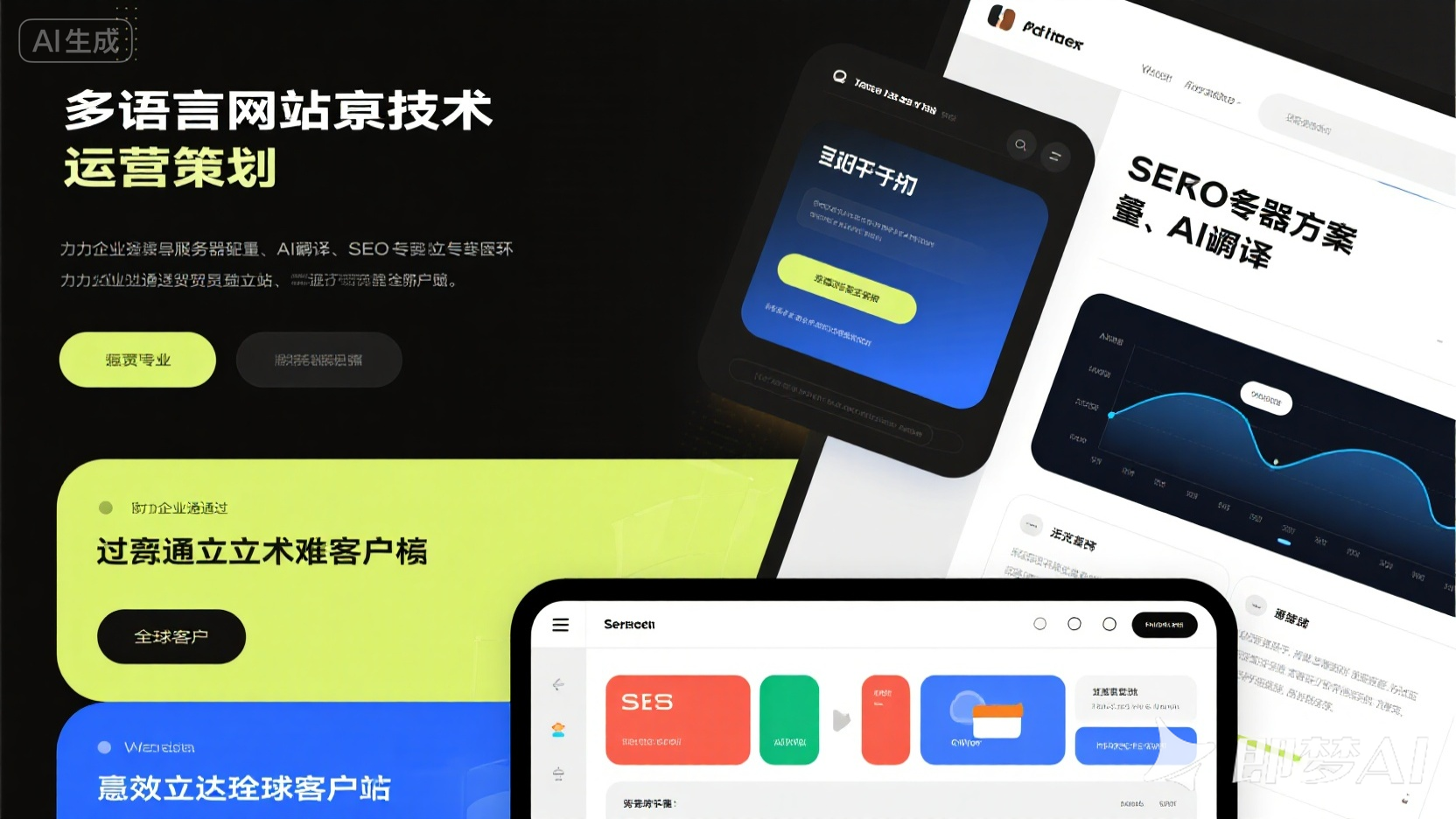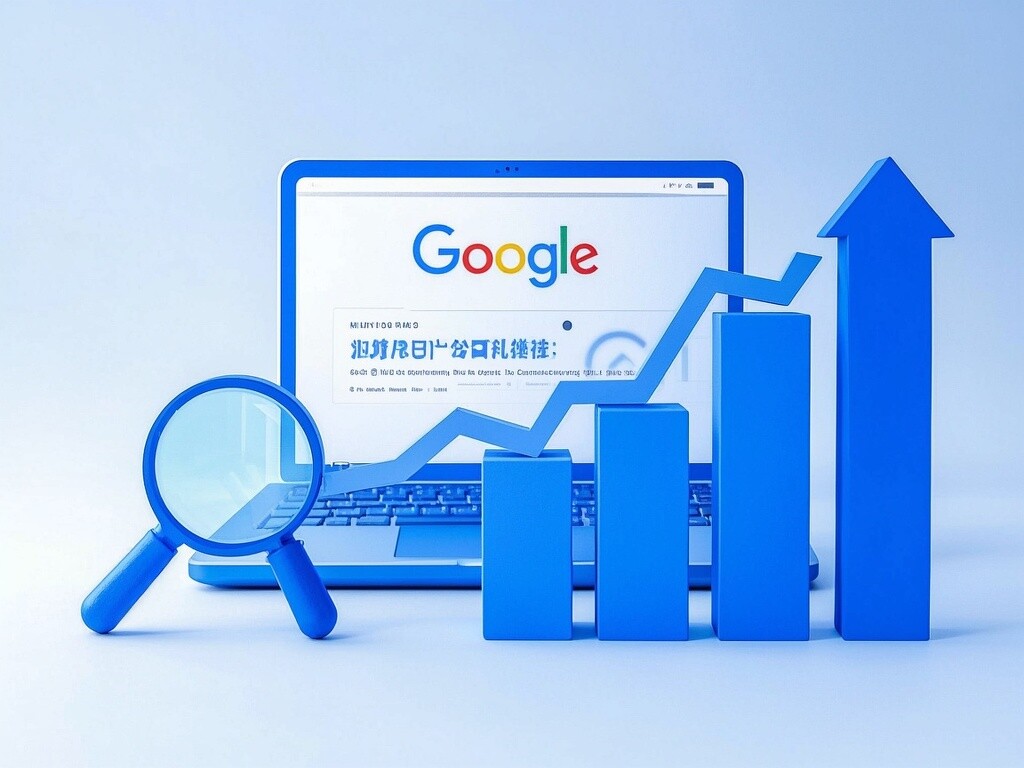EasyStore Cloud Intelligent Website Marketing System Platform!
- Must-Read for Business Decision Makers: How to Build a Global Brand Through Social Media Marketing?2025-08-16View Details
- How to Leverage Social Media Marketing for Foreign Trade Independent Websites? 5 Strategies to Skyrocket Your Orders!2025-08-18View Details
- SaaS Agents Earning Over 500K Annually? Revealing the Profit Model of EasyStore's Intelligent Website Building!2025-08-18View Details
- Foshan City Partnership Program Revealed: How to Double Annual Revenue Through SaaS Agency?2025-08-18View Details
- EasyYBaotong combines AI multilingual intelligent website building with localized operation tools to precisely solve language barriers and website localization challenges for foreign trade enterprises.2025-08-14View Details
- 多语言网站建设指南:如何吸引全球客户?2025-08-15View Details
- Must-Read for Foreign Trade Enterprises: Complete Analysis of Independent Website SEO Optimization Services2025-08-16View Details
- Must-Read for Business Decision Makers: How to Choose SEO Optimization Services?2025-08-14View Details
Multilingual Website Construction Guide: How to Attract Global Clients?
In the wave of global digitalization, multilingual websites have become the standard for enterprises going global. But how to achieve true global operations through technological means? This article will dissect the golden rules of multilingual website construction from dimensions such as server deployment, AI translation engines, and localized SEO.

1. The Core Value of Multilingual Websites
Research shows that 75% of overseas consumers prefer browsing websites in their native language. Multilingual websites not only enhance user experience but also significantly improve search engine rankings through localized SEO strategies. For example, an electronics brand using EasyStore services achieved a 210% increase in North American market conversion rates after deploying independent English, French, and Spanish sites.
1.1 The Golden Ratio of Language Coverage
2. Key Technical Implementation Paths

2.1 Global Server Deployment Strategy
Deploying CDN nodes through platforms like AWS and Alibaba Cloud can increase website loading speed by over 40%. EasyStore's intelligent website system has pre-configured server clusters across seven continents, supporting automatic matching to the nearest node.
2.2 Advanced Applications of AI Translation Engines
- Semantic-Level Translation: Using NLP technology to maintain professional terminology accuracy
- Cultural Adaptation: Automatically replacing sensitive vocabulary and taboo patterns
- Dynamic Optimization: Continuously improving translation quality based on user behavior data
3. Practical Localized SEO Solutions
Traditional machine translation often leads to ineffective TDK (Title-Description-Keywords). EasyStore's AI keyword system automatically generates multilingual keyword libraries compliant with Google's E-A-T principles, with one client's German site ranking in the top 3 local searches within three months.
3.1 Key Points for Multilingual SEO Optimization
- Each language version requires independent hreflang tag setup
- Localized backlink building (e.g., authoritative sites with .de/.fr domains)
- Using Schema.org multilingual markup for structured data
4. Technical Breakdown of Success Cases

A medical device enterprise built six independent language sites through EasyStore's intelligent website system, combined with AI ad management:
- 62% reduction in bounce rate for Portuguese (Brazil) site
- Japanese site average session duration increased to 8 minutes 27 seconds
- Overall ROI reached 1:4.3
5. Why Choose Professional Service Providers?
Self-built multilingual websites often face technical pitfalls like translation inaccuracies and SEO failures. As a Google Premier Partner, EasyStore provides end-to-end solutions from server deployment to SEO optimization, having helped 100,000+ enterprises achieve global growth through our system. Get your customized international expansion solution now and make your brand truly global!
- Website
- SEO
- Smart Website System
- External Link Building
- Multilingual SEO
- Search Engine Rankings
- Multi-language website
- SEO optimization
- Intelligent website building
- AI translation
- AI translation engine
- Multilingual SEO Optimization
- Multi-language website development
- Website loading speed
- EYB Intelligent Website
- Campbell (name)
- free-standing station
Similar Recommendations







